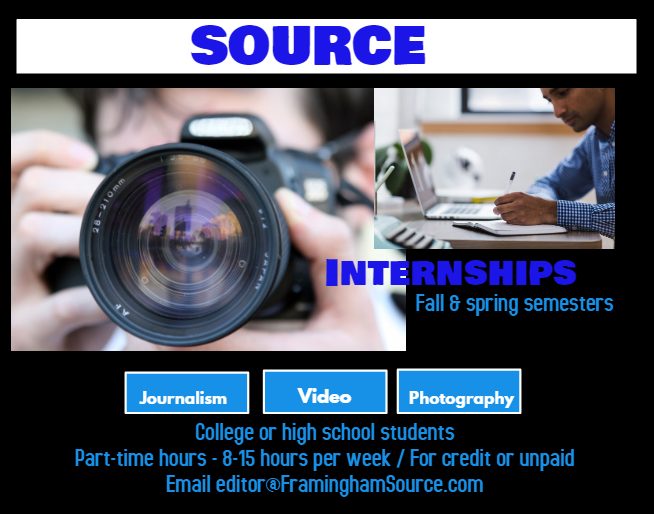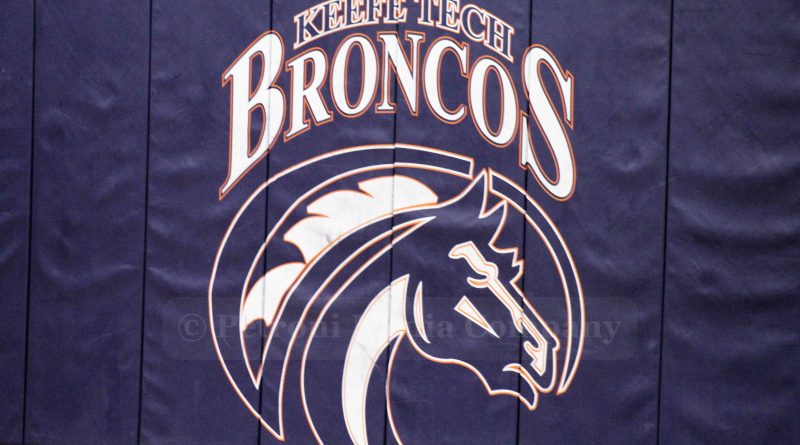By Sydni Williams
***
[broadstreet zone=”51611″]
FRAMINGHAM – The Keefe Technical School Committee met last night, July 27, to discuss the school’s re-opening plans.
As of now, the technical high school, with students from Framingham, Natick, Ashland, Holliston & Hopkinton, is planning to open in September, leaning towards a hybrid learning model.
Superintendent Jonathan Evans detailed the first draft of plans – presenting three options and additional guidelines to the School Committee last night.
Evans said the “Commissioner of Education is expecting a plan that is approved by the School Committee. The deadline is August 10.
The Keefe Technical School Committee will meet again on August 6, prior to the deadline, and Evans will present the final learning plan for the school year.
To preface the plan, Evans wanted to “make the Committee aware of the different groups” he has been in contact with. Evans and his colleagues worked with State-wide Reopening Task Force, Tri-county Roundtable, MAVA Board of Directors, Job Alike Groups, Area School Leaders, and Natick Re-Opening Task Force.
[broadstreet zone=”53230″]
Among these groups, Evans reported he has “ongoing meetings with the commissioner of education.” With this networking, the goal is to “stay in contact, understand trends, and understand our interpretation of what is coming and what we’re going to do about it.”
For safety and health concerns, “Dr. Sam Wong on the Framingham Board of Health has been very approachable and receptive to communicating with me about what is best for our district,” Evans said.
For the Keefe Tech Staff, “We have been in touch with legal council for human resource issues that might arise regarding different staff populations protections and benefits that might exist.”
On the school campus, Evans told the Committee they have created a “school re-opening advisory task force that consists of our administrative team, our school nurse, and five faculty members.”
To gain input and perspective from families, the school sent out a survey.
Principal Shannon Snow reported results from the parent survey have been varied.
However, she explained that most parents seemed hopeful that their students would be able to return to in-person learning.
Similarly, the school sent an employee survey to calculate the concerns of the staff and faculty about their return to school.
Evans said through this communication they are trying to “get an understanding of our school community to get the best path forward from every angle possible.”
[broadstreet zone=”54526″]
Per request of the Commissioner of Education, Evans presented three re-opening plans.
The first plan is that of a full return to school; all students would be in the building and with 3-foot social distancing. The school performed a test of the building and assembled desks at a minimum of three feet apart.
Evans said this plan is “not ideal” as “there are a number of courses that would not fit within these distancing guidelines” and he is “recommending a different direction.”
Next, Evans presented a fully-remote model, where there would be no in-person instruction. Evans explained that in the case of this model, faculty and staff would work to ensure a robust remote education.
The final plan is a hybrid model of the first two, which includes alternating populations of students so that only 50% of students are in the building at one time. With 50% of the student population, roughly 400 students, Evans said they could “achieve 6ft of distancing in instructional areas.”
With 400 students in the building, Evans said “200 of those students at any point would be in career and technical programs and 200 of those students would be in academic classes of no more than 14.”

Snow detailed the 50-50 split: “We recently settled on an alpha split, so having half the students back in the building, with their last names being A-L, the other half M-Z would be the other split”
Snow explained they are exploring different schedule models for the two groups, A-L and M-Z. One option is to have a group come in “3 days one week and 2 days another,” while the other alpha group does the opposite.
Another option is a consistent schedule, “having students A-L coming in every Monday and Tuesday and students whose names are M-Z coming in every Thursday and Friday and then using Wednesday to work on training for our faculty and staff,” Snow said.
Evans clarified that those Wednesdays would be used for both staff meetings and student remote learning.
This consistent schedule, Snow explains “would also allow for the building to be deeply cleaned in between one cohort of students leaving and one coming in.”

Snow outlined the school’s technology plan “John Dolly and the technology team have been working vigorously to make sure that all students have access to a Chromebook of their own.”
The Career Exploratory program will continue and expand, “instead of spending one week in the program, they would spend two different weeks,” two days one week, two days the next, Snow explained.
The physical education department is coming up with alternative plans to ensure safety, but despite health concerns Snow said “we feel that the opportunity for kids to get outside, to spread out, to take off their mask is valuable to them during the day.”
As for class scheduling, “all class sections cap out between 12 and 14 students” Snow said.
The school will also be eliminating its rotating schedule “in order to create a consistent movement path among students.”
The principal said “students will be walking in predictable ways as they move between classes.”
Evans told the Committee as this point they are “leaning towards a hybrid.”
[broadstreet zone=”58610″]
However, he acknowledged that “families absolutely have the right to say that they are not interested or comfortable with sending their student to school,” but the school “retains an obligation to provide an education to that student.”
Evans also proposed a preliminary plan of faculty and staff arriving 10 days prior to the students, and he said “we would see that time as one where we could get the teachers up to speed.”
Later, Evans outlined the logistical aspects of returning to school.
Student transportation will need to be calculated and busing will need to be re-routed. On a bus, “its essentially one student per seat” Evans said, and they may “be able to do some double runs without an substantial increase in cost.”
Entry and movement throughout the school will need to be strategic in order to keep distance.
Evans said they are “looking at students actually being able to enter the building directly into their career and technical program and remaining there for the day.” Then, they will establish one-way stairwells and “signage in the hallways to make sure kids are spaced out between classes.”

As of now, Evans reported that “lunches will be served in instructional areas” and they are “working on a strategy of having lunches delivered to students.”
In the occasion of a sick student, “we have identified a spot where a student would go when waiting for a family member to come get them from the building” Evans told the Committee.
Another step, Evans continued is “upgrading our filtration system to have the most filtration possible” and “maximising the amount of outside air in the building.”
The school has also ordered more water fill stations and plans to shut off water fountains.
He also confirmed that the school will be requiring masks for students and teachers, at all times.
Evans concluded the presentation by stating “We will be prepared to have a more definitive model of what we’re looking to do, for what likely will be a hybrid model, for the special meeting on August 6th.”
At this meeting, the Committee will decide on final plans to submit before the August 10th deadline.
***
Sydni Williams is a student at St. Marks in Southborough. She is a SOURCE Intern for Summer 2020. the news outlet is accepting interns for the fall 2020 and spring 2021 semesters. Interested? Email petronimedia@gmail.com


